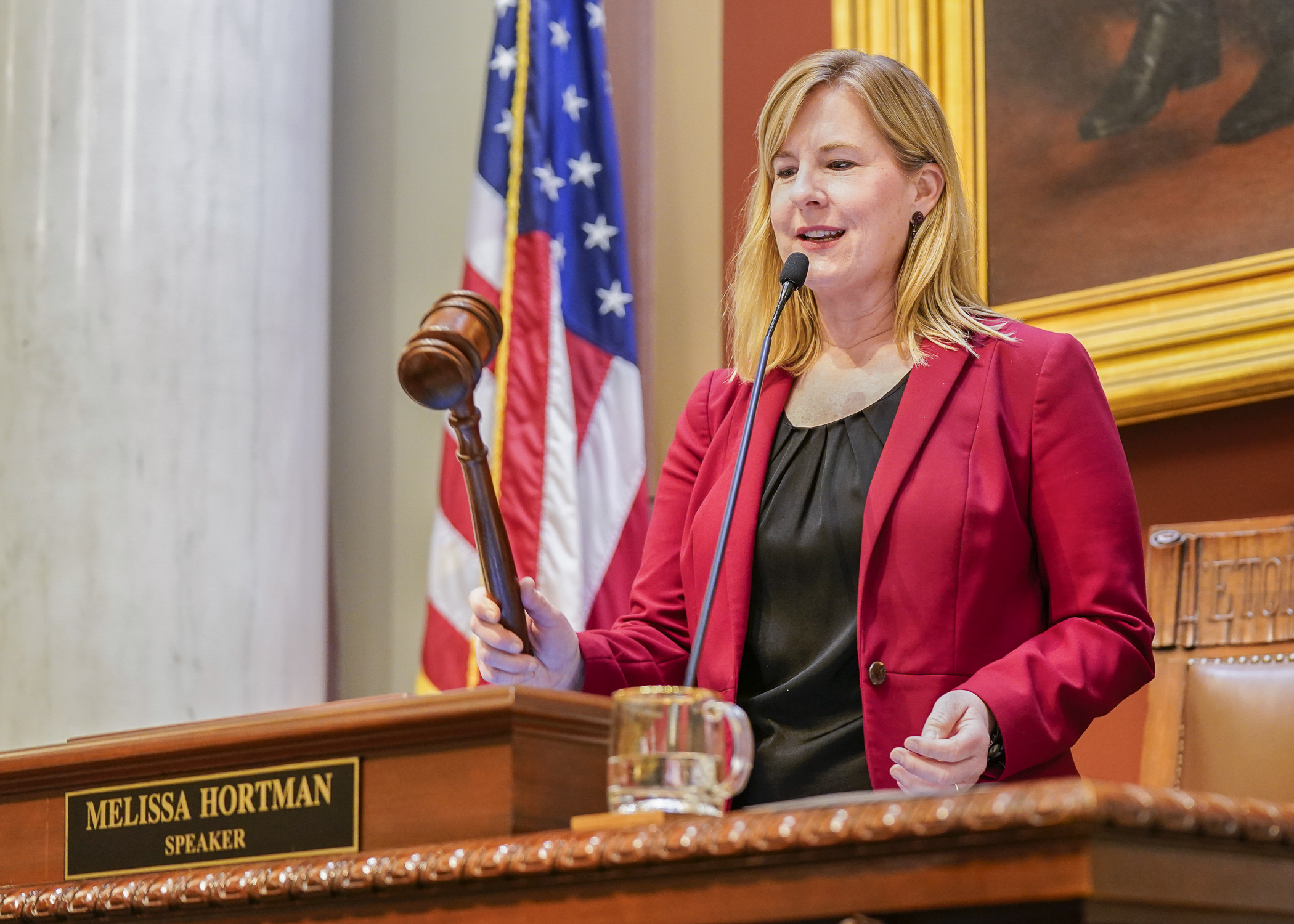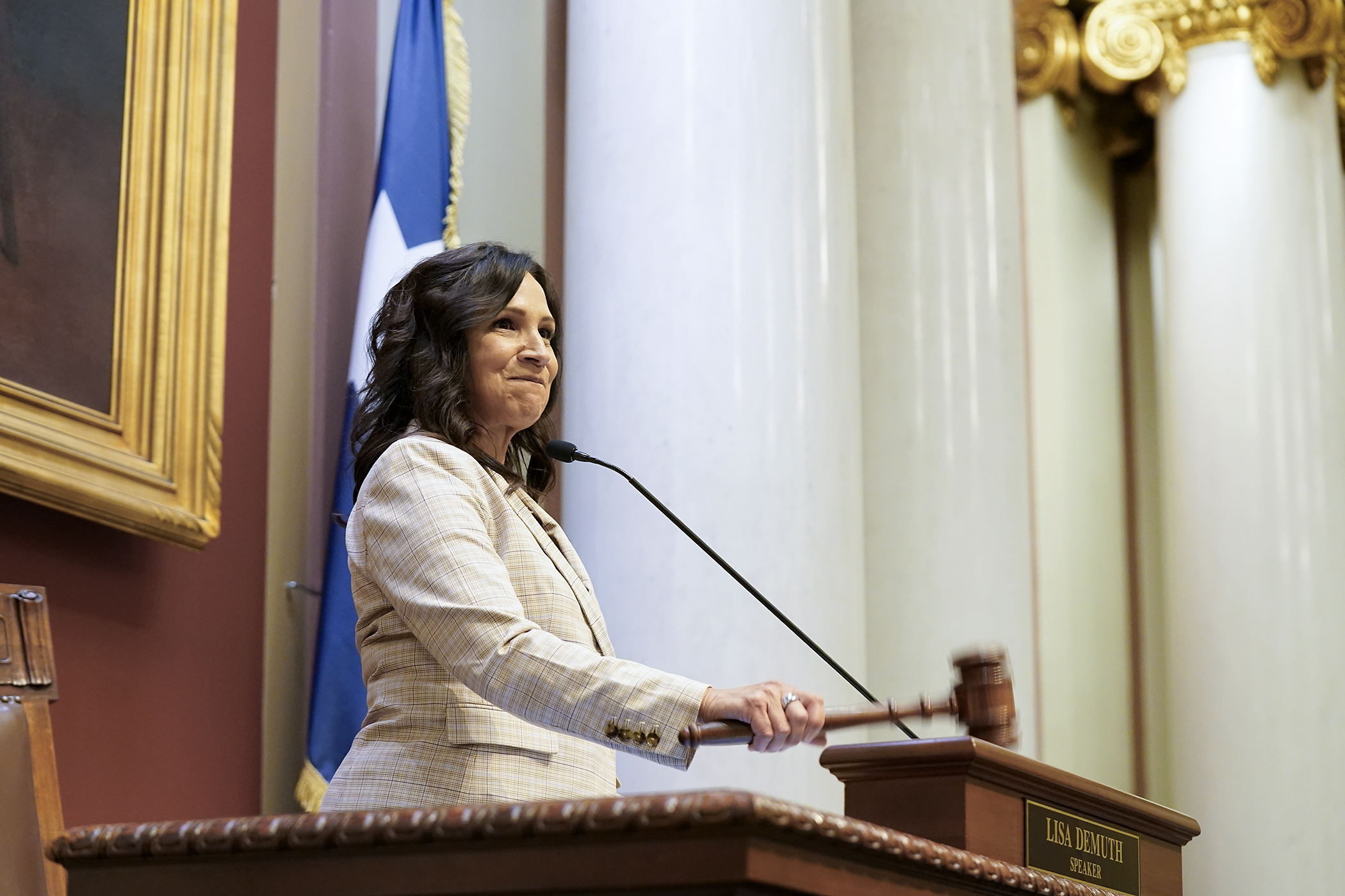Committee considers what one state can do about climate change
In 2019, the House added “climate” to the title of a committee traditionally devoted to energy. Two questions have been a key part of the group’s discussions ever since: How is climate change affecting Minnesota and what can the state do about it?
At Wednesday’s first 2023 meeting of the House Climate and Energy Finance and Policy Committee, those topics were addressed by Heidi Roop, director of the University of Minnesota Climate Adaptation Partnership. She said that the state is getting warmer and wetter, with our winters showing the greatest changes. But she and Jamie Beck Alexander, director of Drawdown Labs, proposed some changes that could slow the process.
“Scientists like myself rarely use terms like ‘unequivocal,’” Roop said. But she said scientific evidence is indeed that when it comes to greenhouse gas emissions being the source of climate change.
Roop said the biggest producers of greenhouse gases in Minnesota are transportation and electricity generation, with agriculture, forestry and land use not far behind. Between 2005 and 2018, all three sectors have reduced their emissions in the state, with electricity generation making the most progress (29%).
But we’re still “missing our targets” in reducing emissions on a statewide scale, she said.
The state’s average annual temperature is up 3 degrees Fahrenheit since 1895, while winter lows in the northern third of the state have risen 7.3 degrees Fahrenheit, 6 degrees in Central Minnesota, Roop said. She added the average winter temperature in the state is expected to rise 10 degrees by 2100, compared to 2010.
Yet winter isn’t the only season seeing warming. By mid-century, the state is projected to experience somewhere between five and 25 more days with temperatures above 90 degrees each year. Saying that 10 of the state’s wettest and warmest years on record have occurred since 1995, Roop warned of the effects that extreme heat and increased precipitation could have on health, infrastructure and the economy.
So what can be done? Roop advocates for more resilient infrastructure to prepare for the changes, and by 2050 the state should substantially reduce emissions and balance them with carbon storage in landscapes, such as increased forestation.
Rep. Marion O'Neill (R-Maple Lake) agreed with the latter point, but suggested that the state’s grasslands should also be a point of focus, something with which Roop concurred. O’Neill also addressed some legislators’ concerns about the materials mined for renewable energy sources by speaking of a solar panel recycling facility in Illinois.
Alexander also offered several possible solutions. Her slide presentation can be found here.
Related Articles
Search Session Daily
Advanced Search OptionsPriority Dailies
Speaker Emerita Melissa Hortman, husband killed in attack
By HPIS Staff House Speaker Emerita Melissa Hortman (DFL-Brooklyn Park) and her husband, Mark, were fatally shot in their home early Saturday morning.
Gov. Tim Walz announced the news dur...
House Speaker Emerita Melissa Hortman (DFL-Brooklyn Park) and her husband, Mark, were fatally shot in their home early Saturday morning.
Gov. Tim Walz announced the news dur...
Lawmakers deliver budget bills to governor's desk in one-day special session
By Mike Cook About that talk of needing all 21 hours left in a legislative day to complete a special session?
House members were more than up to the challenge Monday. Beginning at 10 a.m...
About that talk of needing all 21 hours left in a legislative day to complete a special session?
House members were more than up to the challenge Monday. Beginning at 10 a.m...